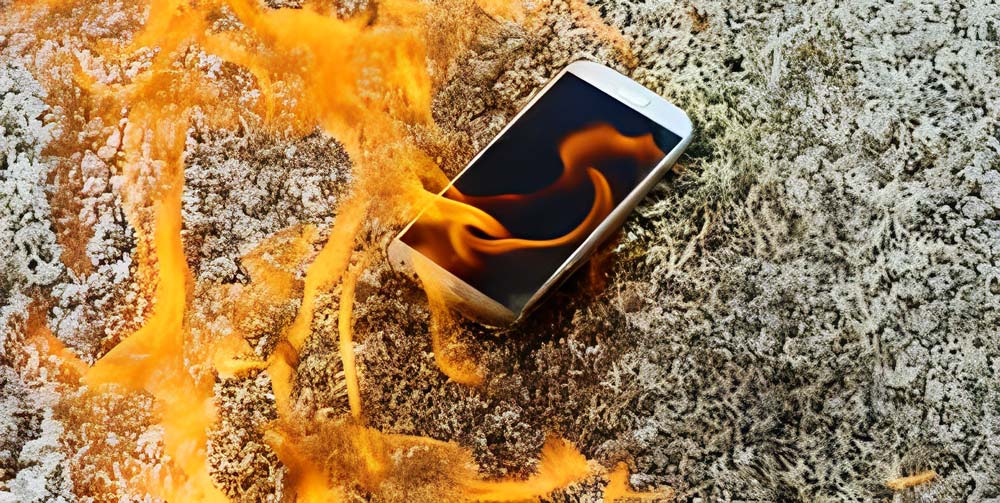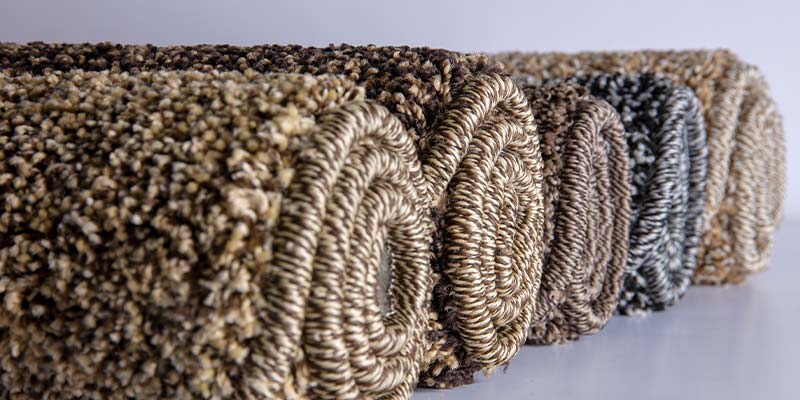This article will specifically focus on Advanced Carpet Features and is part of Zarif Carpets‘ collection of articles related to wall-to-wall carpets. Discover more articles related to the subject on our ‘All About Wall-to-wall Carpet‘ page.
If you are not familiar with the topic of wall-to-wall carpets, we recommend checking out our guide ‘Wall-to-wall Carpets: What You Should Know‘ first.
What Are Advanced Carpet Features?
Sometimes, we may expect more from a wall-to-wall carpet than a regular floor covering. For instance, in certain areas, the anti-slip feature of a carpet could be vital, or being fire retardant might be highly required for added safety. These properties are considered advanced carpet features that may be overlooked at first glance, but they are crucial when it comes to covering the floor with a wall-to-wall carpet. In the following sections, we will delve into some of these carpet features and the icons related to them:
Anti-static Feature
An anti-static feature refers to a characteristic designed to prevent or reduce the buildup and discharge of static electricity. Static electricity occurs when there is an imbalance of electric charge on the surface of an object, leading to the potential for a sudden discharge of electrical energy. This discharge can be problematic in certain situations, especially in environments where sensitive electronic components or devices are present.
Slip Resistant Feature
A slip-resistant carpet is a type of carpeting designed to minimize the risk of slipping or skidding, providing increased traction and stability. This type of carpet is particularly useful in areas where slips and falls are a concern, such as staircases, hallways, or other high-traffic zones. Slip-resistant carpets typically have specific features that enhance their grip and reduce the likelihood of accidents. For more details about anti-slip wall-to-wall carpets, visit our ‘Anti-slip Wall-to-Wall Carpet: a Secure Choice‘ article.

Color Fastness Feature
Color Fastness to Artificial Light is a measure of a carpet’s resistance to fading or color change when exposed to artificial light sources. This feature assesses how well the carpet can maintain its original color and appearance when subjected to prolonged exposure to light, especially in indoor environments where artificial lighting is prevalent. Carpets with high color fastness to artificial light are less prone to fading and can retain their vibrant colors for a longer duration, making them suitable for areas with consistent lighting conditions. This feature is particularly important for maintaining the aesthetic appeal and longevity of carpets in spaces with ample artificial lighting.
Fire Retardant Feature
Fire retardancy in carpets refers to the ability of a carpet to resist ignition and slow down the spread of flames in the event of a fire. Carpets treated with fire retardant chemicals or manufactured using inherently fire-resistant materials can contribute to fire safety in indoor environments. Fire retardant carpets are designed to inhibit the combustion process, reducing the risk of the carpet itself becoming a source of fuel for a fire.
Fire retardancy is a crucial feature in settings where fire safety is a priority, such as commercial buildings, public spaces, and residential areas. Carpets with fire retardant properties undergo testing to meet specific safety standards and regulations, ensuring they provide an added layer of protection in case of a fire incident.

Castor Chair Suitability Feature
The Castor Chair Suitability feature for carpets refers to the carpet’s ability to withstand the movement of office chairs with castor wheels. Castors, the small wheels on the base of office chairs, can cause wear and tear on certain types of carpets, especially those with low durability or inadequate construction.
Carpets labeled as “Castor Chair Suitable” are designed to resist damage caused by the repetitive rolling of office chairs. These carpets are often more durable and have specific features that make them suitable for use in office environments, where the movement of chairs is common.
This feature is particularly important for maintaining the appearance and longevity of the carpet in areas where office chairs are frequently used, such as offices, workspaces, or any place with rolling furniture. It helps prevent premature wear, fraying, or damage caused by the wheels of office chairs.

Dimensional Stability Feature
The dimensional stability feature for carpets refers to the ability of a carpet to maintain its original size and shape over time, despite environmental conditions and usage. Carpets can be exposed to factors like changes in temperature, humidity, and foot traffic, which may affect their dimensions if they lack dimensional stability.
A carpet with good dimensional stability will resist stretching, shrinking, or distortion, ensuring that it stays flat and properly fitted to the floor. This feature is crucial for maintaining the overall appearance and performance of the carpet, especially in high-traffic areas or places with varying environmental conditions.
Dimensional stability is often associated with the carpet’s construction and materials. High-quality carpets are designed to have good dimensional stability, providing long-term durability and a consistently attractive appearance. Carpets with poor dimensional stability may exhibit issues such as buckling, rippling, or uneven wear over time.
Fraying-resistance Feature
The fraying-resistance feature for carpets refers to the carpet’s ability to resist fraying or unraveling along the edges. Carpets, especially those exposed to heavy foot traffic or other forms of wear and tear, can experience fraying over time, where the edges start to unravel, leading to a worn and unkempt appearance.
A carpet with good fraying resistance is designed to withstand the stresses that typically cause fraying, maintaining a neat and intact edge. This feature is particularly important for ensuring the longevity and aesthetic appeal of the carpet, especially in areas where the edges are more prone to abrasion or friction.
Various factors contribute to a carpet’s fraying resistance, including the quality of materials, construction techniques, and edge finishing. High-quality carpets are often designed to resist fraying, providing a more durable and aesthetically pleasing flooring solution. Regular maintenance and proper care can also contribute to preserving the fraying-resistance properties of a carpet.
Noise Reduction Feature
The noise reduction feature for carpets refers to their ability to absorb and dampen sound, contributing to a quieter and more acoustically comfortable environment. Carpets act as a natural sound absorber, helping to reduce the impact of noise generated by footsteps, furniture movement, and other activities within a space.
Final Words
Each of the mentioned carpet features plays a crucial role but in its own situation. It’s not necessary to need all of them at the same time. For example, you don’t need to be concerned about the fraying-resistant score when you intend to use the carpet in residential areas. Another notable aspect is that these features are measured using various standards and testing methods, and these standards may vary from one country to another.
Please check out our LinkedIn page for more comprehensive information about wall-to-wall carpets and staple fibers.

